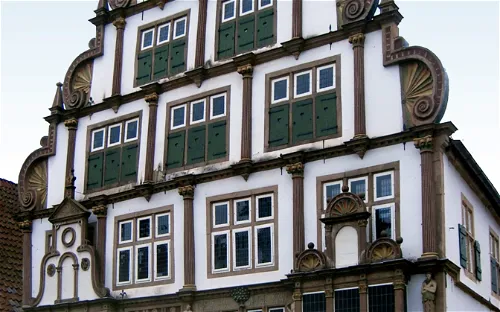The Museum Hexenbürgermeisterhaus in Lemgo, Germany, offers visitors an intriguing look into the town's history, particularly focusing on the witch trials of the 17th century. Housed in a beautifully preserved Renaissance-era building, the museum presents a well-curated exhibition on the dark period of witch hunts and the role of Lemgo's mayor at that time.
Visitors appreciate the museum's informative displays, which provide insight into the social and political context of the witch trials. The exhibits are generally well-presented, with many authentic artifacts and documents from the period. Some reviewers note that while most information is in German, there are English translations available for key exhibits, though they may not be as comprehensive.
The architecture of the building itself is a highlight, with its impressive facade and interior features that have been carefully maintained. Many visitors find the ambiance of the old house adds to the overall experience, creating an immersive historical atmosphere.
On the downside, some visitors mention that the museum is relatively small and can be explored rather quickly. A few reviewers also note that the subject matter can be quite heavy and may not be suitable for young children or those sensitive to such topics.
Despite its specific focus, the museum does a good job of connecting local history to broader historical contexts. However, some visitors feel that certain aspects of the exhibition could be more interactive or engaging for a modern audience.
Overall, the Museum Hexenbürgermeisterhaus is generally well-regarded for its historical significance and educational value, offering a sobering yet important look at a controversial period in German history.











